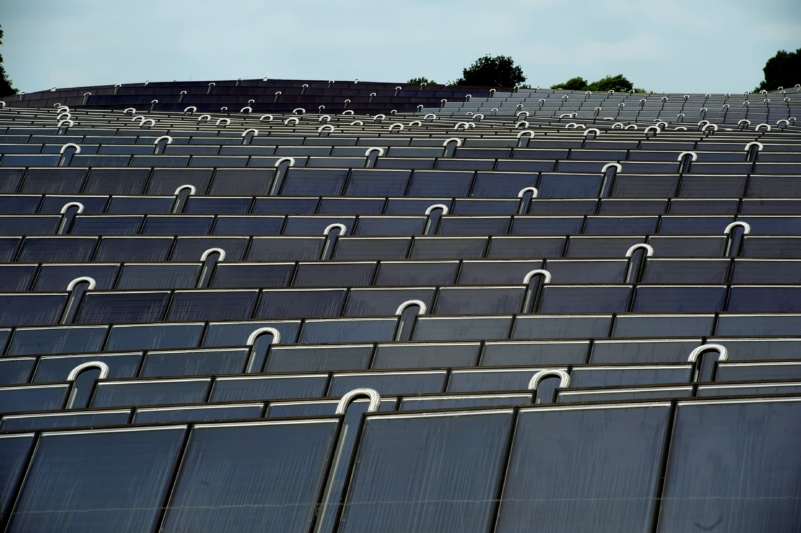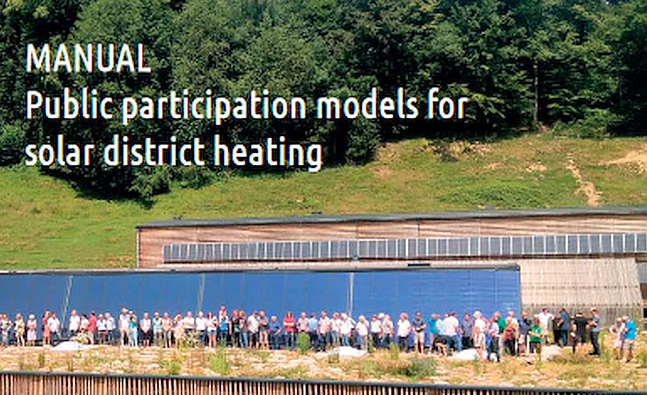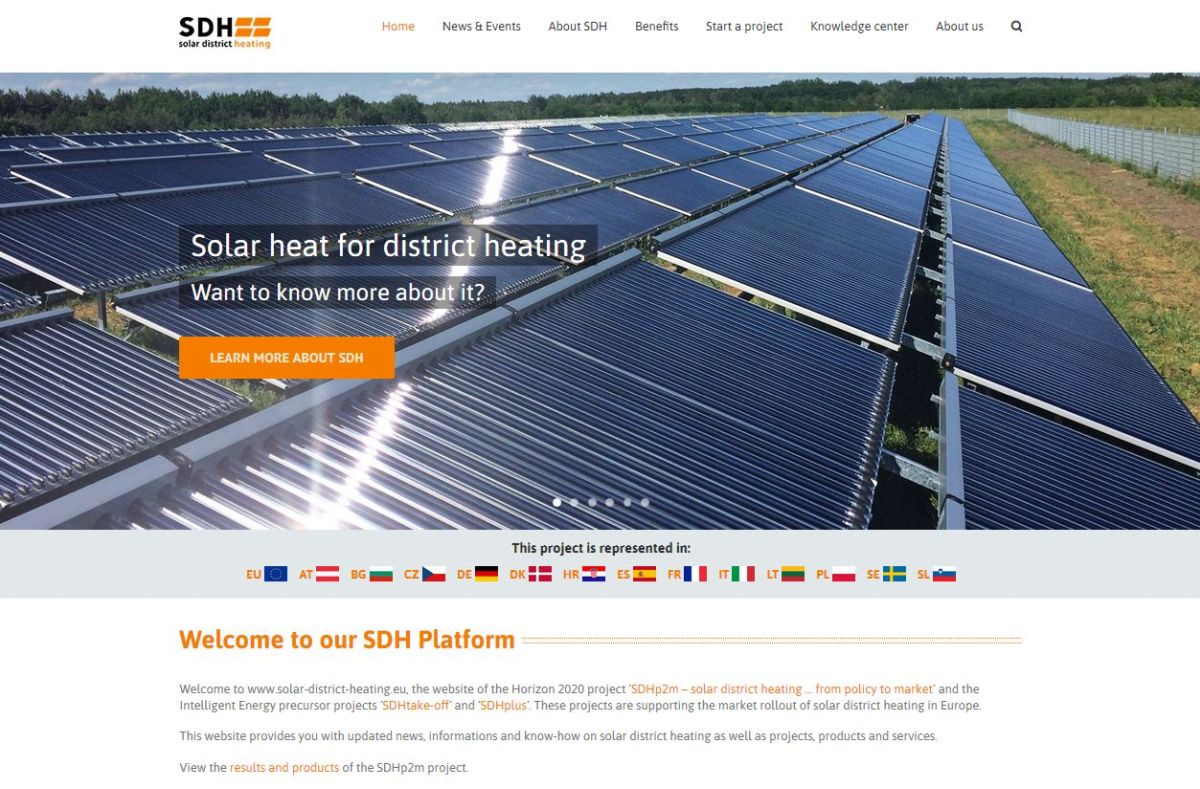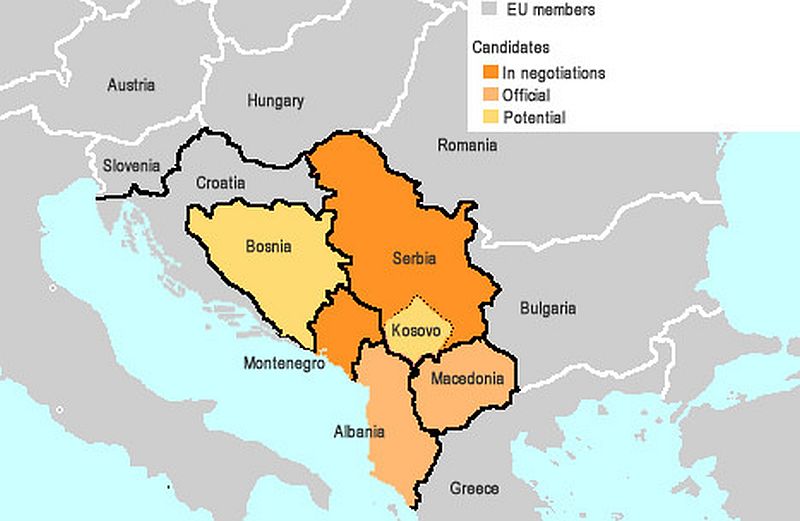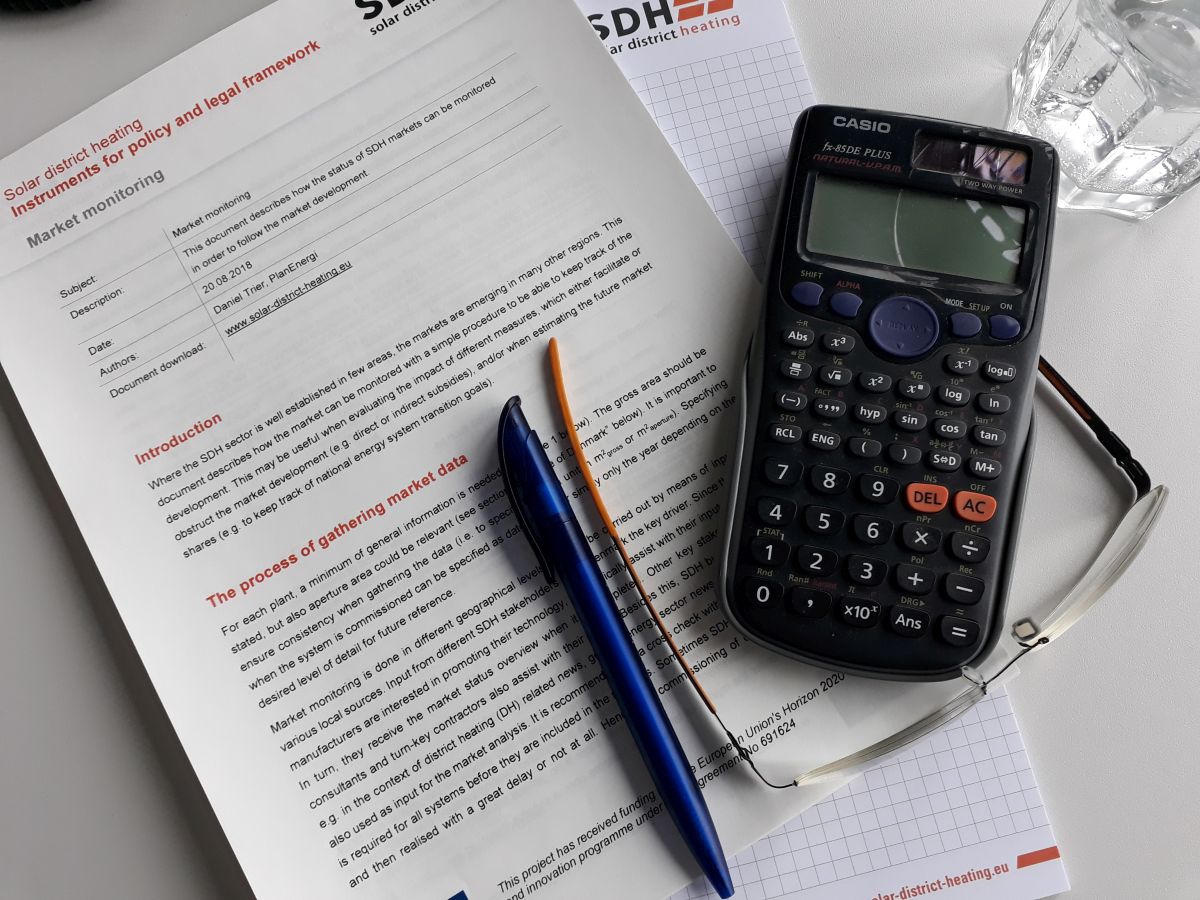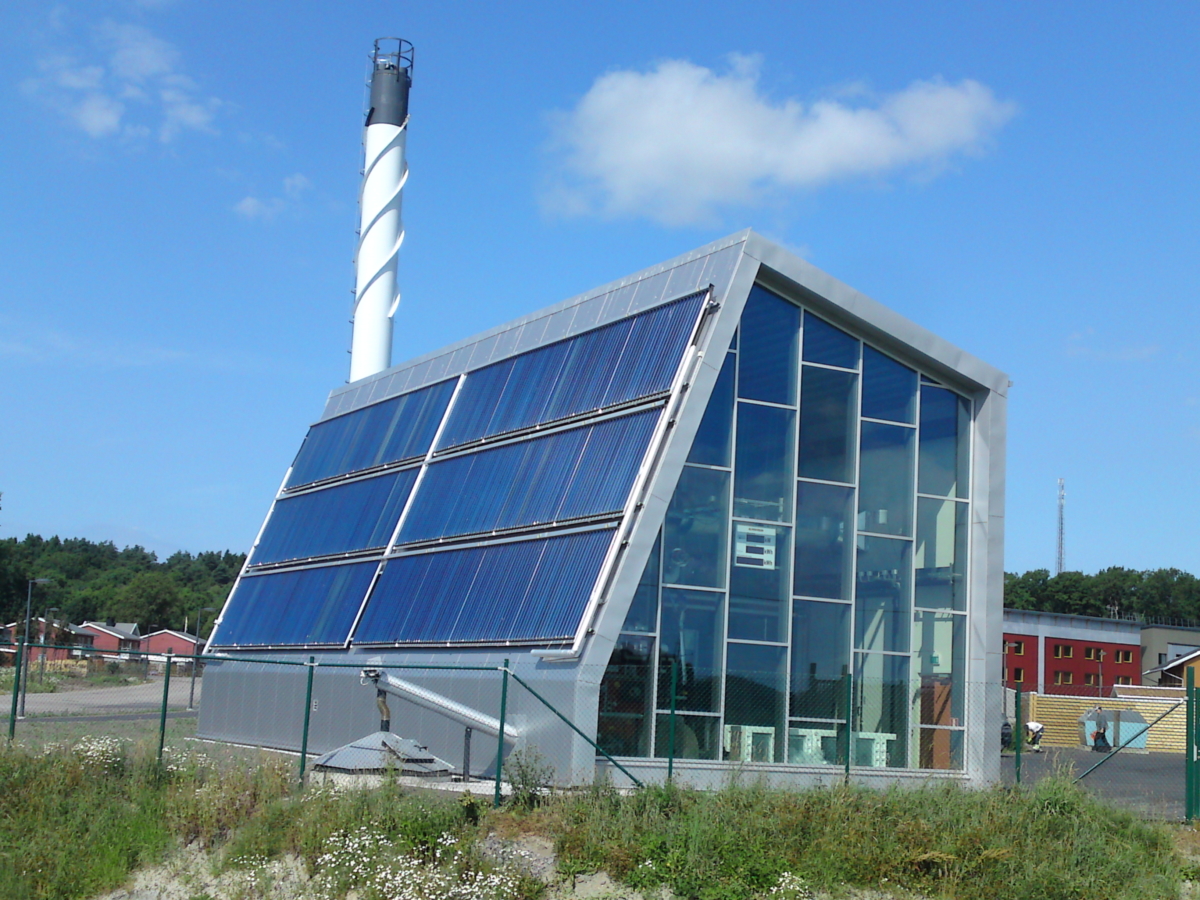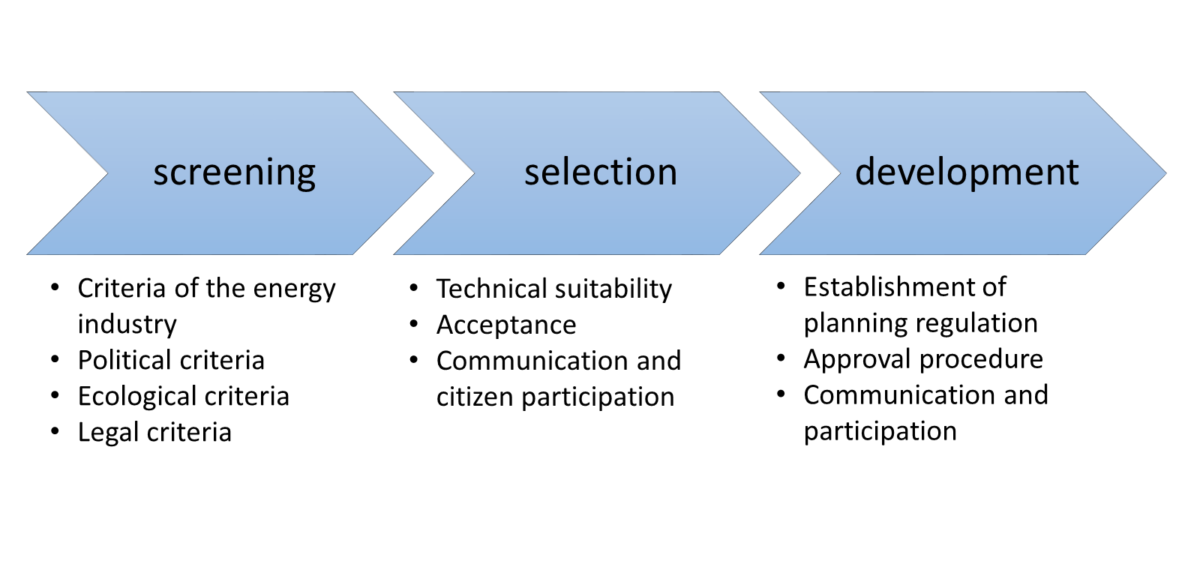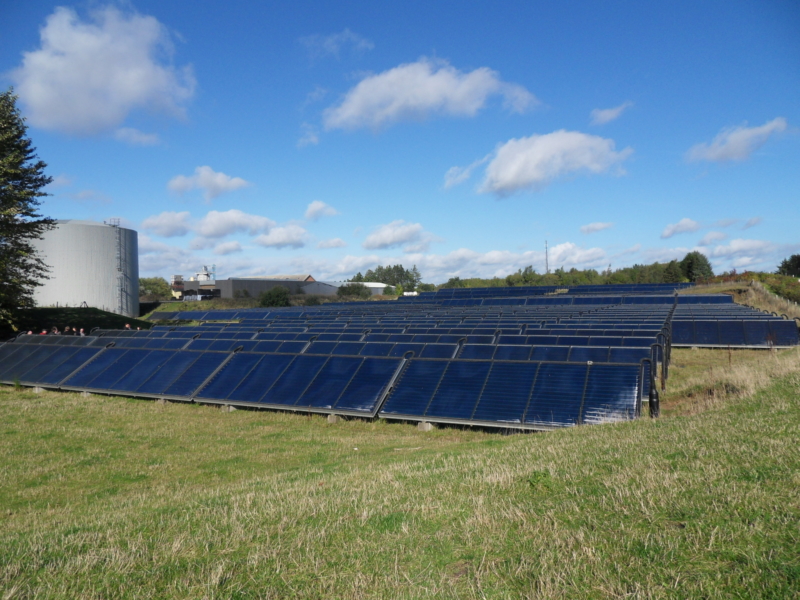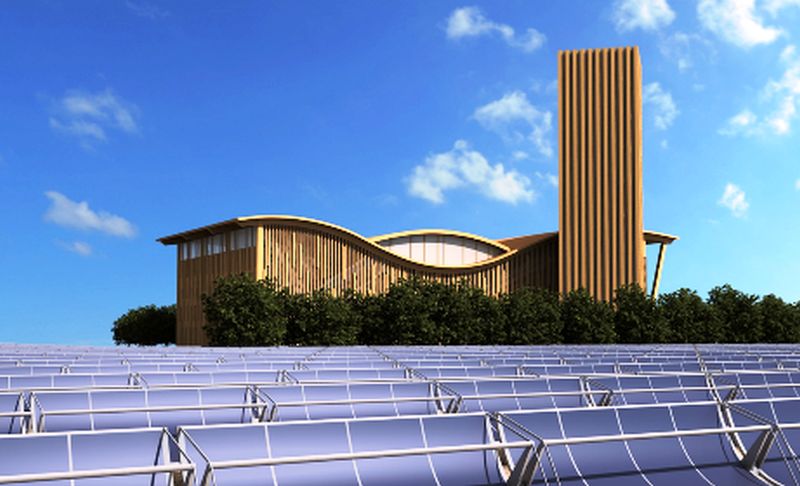Latvian city invests in solar district heating
The first half of 2019 will mark the launch of a milestone project on solar district heating in Eastern Europe. The public utility which serves the Latvian town of Salaspils, near Riga, plans to install 21,672 m2 of collector area (15 MWth) to provide heat for its modernised, efficient district heating network.
The solar field will be connected to an 8,000 m3 water storage tank, from which thermal energy will be injected into the network. The project, which will also include a wood-chip boiler with 3 MWth of capacity, had been planned jointly by Arcon-Sunmark, a Danish supplier of solar thermal devices, and Filter, a heating and cooling company based in Latvia. Salaspils Siltums provides 85 % of the town with a population of about 17,000 people with district heat. A 7 MWth wood-chip boiler is currently the main source of 60,000 MWh of thermal energy a year. The plans for the 15 MWth solar system state that it is expected to contribute 12,000 MWh or 20 % of the total at some point between July and September next year. Reportedly, the utility will receive funding from the European Union for buying the system.
“We have been working on this project since we attended a district heating conference in Denmark in 2014. The objective is to reduce our CO2 footprint and become more independent of fossil fuels,” Ina Berzina-Veita, who is a Member of the Board of municipal utility Salaspils Siltums, was quoted as saying in a press release which Arcon-Sunmark sent out in the middle of October.
Over the last years, the utility has optimised its district heating network. It replaced underground pipes with pre-insulated ones and revamped the central boiler. The current supply and return temperatures of 65 °C and 45 °C, respectively, will make for a highly efficient flat plate collector array, the operation of which will be very effective.
Image: Arcon Sunmark
Source: Bärbel Epp
